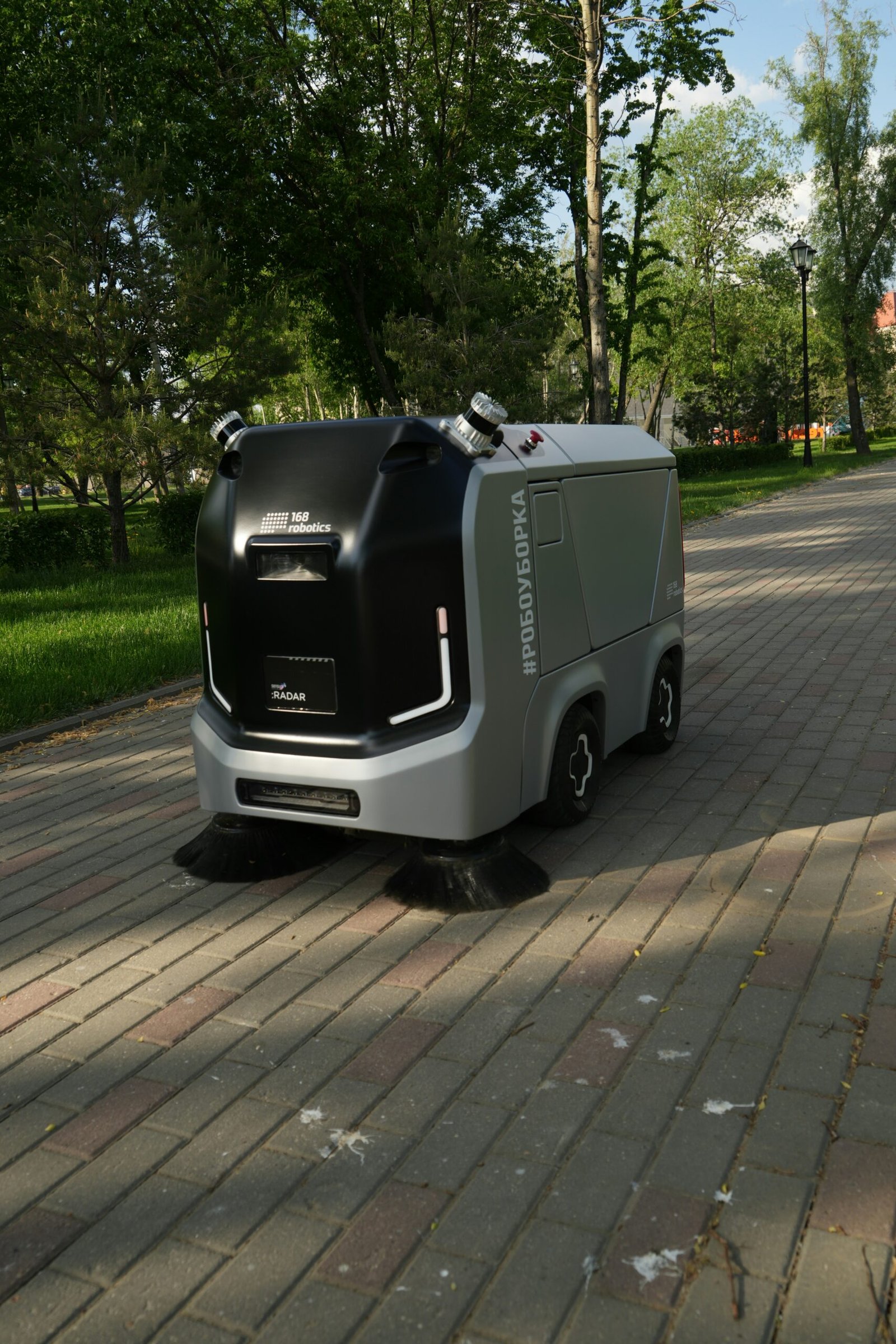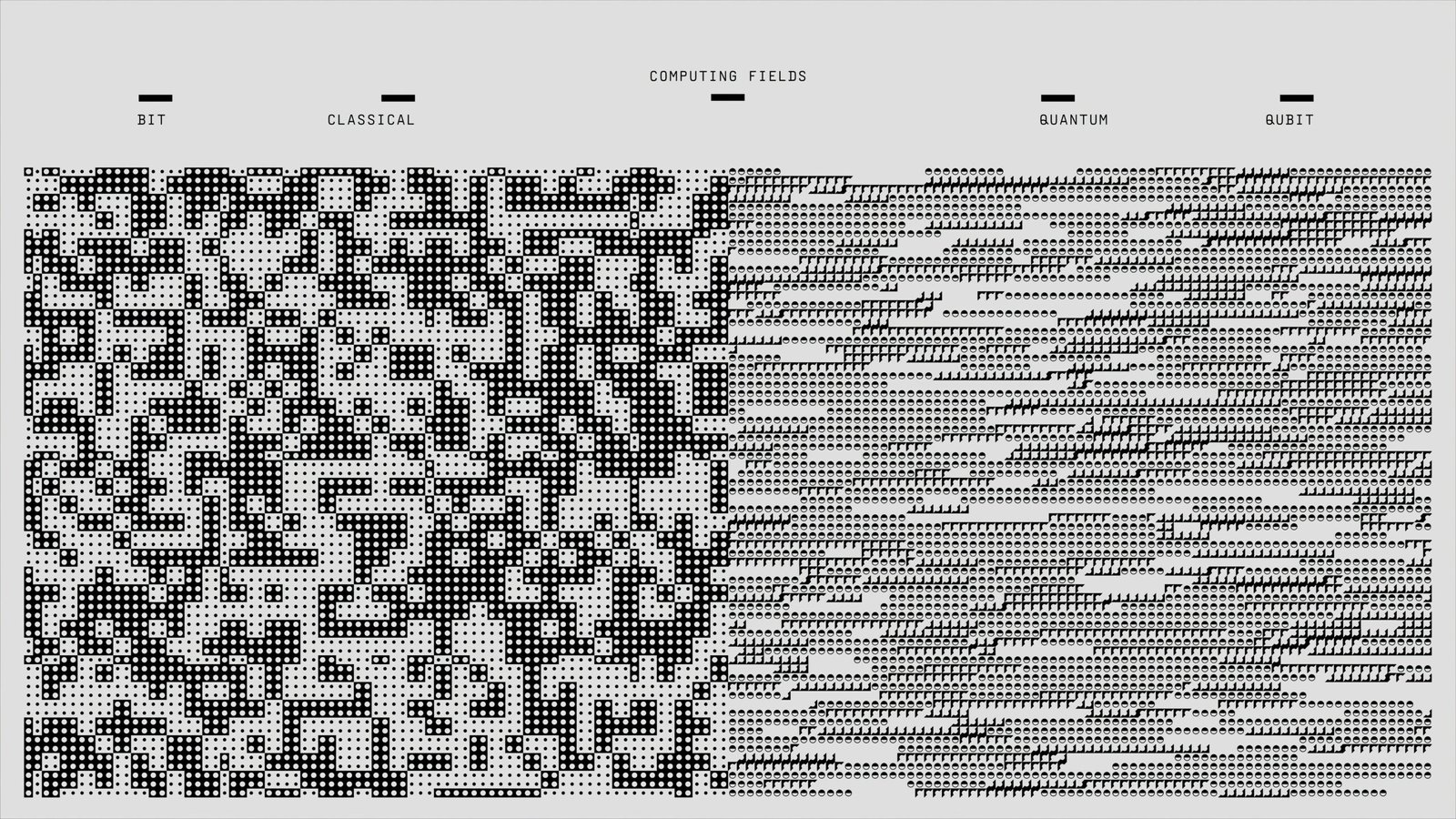Introduction to Generative AI
Generative AI represents a transformative approach within the realm of artificial intelligence, distinct from traditional AI models primarily focused on classification or predictive analytics. Unlike conventional systems that analyze input data to produce an output based on patterns, generative AI is designed to create new content from existing data. This capability is achieved through advanced algorithms that learn underlying structures and distributions, allowing for the generation of diverse outputs, including text, images, music, and even code.
The significance of generative AI lies in its ability to harness data to create novel and useful applications across various industries. For instance, in the creative sector, generative AI can assist artists by providing inspiration or even producing entire artworks autonomously. In the technology field, it opens avenues for software development by generating code snippets tailored to specific requirements. Furthermore, in marketing and content creation, generative AI tools can streamline workflows by automatically crafting written materials that resonate with target audiences.
The Evolution of Generative AI
Generative AI, a subset of artificial intelligence, has undergone significant evolution since its inception. Initially emerging in the mid-20th century, early iterations of generative models focused largely on rule-based systems that struggled with the complexities of real-world data. However, the field began to gain traction with the advent of machine learning techniques in the 1980s and 1990s, which allowed for more sophisticated data analysis and pattern recognition.
A pivotal milestone in the evolution of generative AI was the introduction of neural networks in the 2000s. These networks, particularly deep learning architectures, fostered remarkable advancements in the capabilities of generative models. Technologies such as Generative Adversarial Networks (GANs), introduced by Ian Goodfellow in 2014, revolutionized the field. GANs utilize a dual-network system, with one network generating data while the other assesses its authenticity, enhancing the quality and realism of generated outputs.
In parallel, variational autoencoders (VAEs) introduced another dimension to generative modeling. These models enable a probabilistic understanding of data, allowing for the generation of new data points based on learned representations. Both GANs and VAEs marked turning points in the realm of generative AI, enabling complex applications ranging from image synthesis to natural language processing.
Moreover, the rise of massive datasets and increased computational power has paved the way for the development of more advanced generative AI systems. With access to vast amounts of information, these models have become more proficient in understanding and generating human-like content. Recent advancements in transformer architectures, particularly in natural language processing, have further solidified the position of generative AI in technology today. Understanding this historical context is crucial as it illustrates how generative AI has evolved to become a prominent force in artificial intelligence, influencing numerous industries and shaping the future of technology.
Key Applications of Generative AI
Generative AI represents a transformative advancement in artificial intelligence, offering diverse applications across various industries. One of the most notable areas is in content creation, where generative AI is reshaping how written and visual materials are produced. For instance, AI-driven text generators can craft articles, scripts, and reports, significantly reducing the workload for content creators. Platforms like OpenAI’s GPT models are actively being utilized by companies to generate tailored marketing copy, engaging blog content, and even personalized customer communications.
In the realm of visual content, tools such as deep learning algorithms are employed to create images, animations, and videos, streamlining creative workflows. For example, the use of generative adversarial networks (GANs) has led to the emergence of artwork authentically resembling the styles of renowned artists. Businesses utilize these capabilities to enhance their marketing campaigns through visually striking materials that captivate audiences.
Another significant application of generative AI lies in design automation. This technology assists architects and designers in generating building plans and layouts through algorithmic understanding of aesthetics and functional elements. With the ability to analyze vast datasets, generative AI can suggest innovative design solutions that prioritize sustainability and user experience, thereby elevating the standards in architecture and product design.
Additionally, simulation modeling benefits from generative AI, where it is employed to forecast and analyze data for various industries, including healthcare and finance. By creating realistic simulations, organizations can evaluate potential outcomes and make informed decisions based on predictive analytics. Lastly, interactive experiences leverage generative AI for developing responsive environments in gaming and virtual reality, providing users with dynamic interactions that enhance engagement and satisfaction.
The Impact of Generative AI on Content Creation
Generative AI is rapidly transforming the landscape of content creation, offering an impressive array of capabilities that include generating high-quality text, images, audio, and video. By utilizing advanced machine learning algorithms, generative AI can analyze vast datasets to produce content that is not only coherent but also contextually relevant, significantly enhancing the efficiency and creativity of content creators.
One of the most notable applications of generative AI in content creation is in text generation. Tools like GPT-3 and similar models are capable of producing articulate written material, ranging from articles to marketing copy, often indistinguishable from human-produced text. This capability allows marketers and writers to scale their operations, creating large volumes of content in shorter timeframes. Furthermore, generative AI can assist in brainstorming ideas, helping teams overcome writer’s block while facilitating a more dynamic creative process.
Beyond text, generative AI is also making strides in the visual domain. Algorithms can create stunning images based on simple prompts, providing graphic designers with new avenues for inspiration. For video and audio, generative AI can synthesize realistic soundscapes and produce video content without the need for extensive human input. This versatility introduces both opportunities and challenges in the creative sectors.
However, the rise of generative AI in content creation also raises several ethical considerations. Issues such as the potential for misinformation, copyright infringement, and the authenticity of human expression are critical discussions that need to occur as these technologies continue to evolve. Creators and marketers must navigate these challenges while leveraging the technological advancements offered by generative AI. As we move toward 2025, it will be crucial to strike a balance between innovation and ethical responsibility in the rapidly advancing field of content creation.
Multimodal AI Models: A New Frontier
In recent years, the advancement of artificial intelligence has led to the development of multimodal AI models, which are designed to integrate and process various types of data inputs, including text, images, and audio. This capability marks a significant leap forward in AI technology, as it enables machines to understand and generate content in a more human-like and versatile manner. By leveraging multiple modalities, these models can produce richer and more diverse outputs, which ultimately enhances creativity and adaptability.
The ability of multimodal AI to interpret and synthesize information from different sources allows for a deeper understanding of context, leading to improved communication and interaction. For instance, in applications like virtual assistants, these models can analyze spoken queries alongside visual cues to provide more accurate and relevant responses. Similarly, in creative fields such as graphic design and multimedia content production, multimodal AI can aid creators by generating unique combinations of images, sound, and text, thereby fostering innovative ideas and solutions.
Moreover, the implementation of multimodal AI models paves the way for creating immersive experiences that combine various forms of media. In education, these models can tailor content delivery, making learning more engaging by integrating video, simulations, and textual information. In the realm of entertainment, they can be employed to develop interactive storytelling where audiences influence the narrative through their interactions across different formats.
The potential of multimodal AI models extends beyond entertainment and education; they are opening new possibilities for industries such as healthcare, where combining visual medical data with textual patient histories can lead to better diagnostic tools. Overall, as these sophisticated AI systems continue to evolve, they will redefine how we create and engage with content across multiple dimensions, setting the stage for unprecedented synergies in technology and human creativity.
Synthetic Media: Opportunities and Risks
The rise of synthetic media, primarily driven by advancements in artificial intelligence, is reshaping multiple industries including entertainment, advertising, and education. Synthetic media, which encompasses AI-generated content such as images, videos, and even entire virtual worlds, presents unparalleled opportunities for creators and businesses. In the entertainment industry, for instance, filmmakers can leverage generative AI to create characters, dialogue, and scenarios that were traditionally time-consuming and costly to produce. This not only reduces production expenses but also fosters greater creativity by allowing artists to explore imaginative landscapes without the constraints of reality.
In advertising, synthetic media can personalize marketing campaigns to unprecedented levels. Brands can use AI to generate tailored content that resonates with specific audience segments, thereby enhancing customer engagement and conversion rates. Due to its ability to create hyper-realistic visuals and messages, synthetic media holds the potential to revolutionize how brands communicate with consumers, making campaigns more impactful than ever before.
However, these opportunities come with significant risks. One of the foremost concerns regarding synthetic media is the potential spread of misinformation, particularly through deepfakes—manipulated video or audio that can convincingly portray individuals saying or doing things they never actually did. This misuse of technology poses a threat not only to individual reputations but also to broader societal trust in media. The proliferation of deepfakes can create confusion, making it increasingly difficult for the public to discern truth from fiction.
Furthermore, ethical implications surround the creation and use of synthetic media. Questions arise regarding ownership, consent, and the authenticity of the content generated. As synthetic media continues to evolve, it is essential for industries to adopt ethical guidelines that address these challenges and ensure responsible usage of this powerful technology.
Generative AI in Design Automation
Generative AI is revolutionizing the field of design automation by streamlining creative processes and enhancing innovation across various industries. By utilizing advanced algorithms and machine learning techniques, generative models can assist designers in producing original ideas and solutions quickly. This capability is particularly valuable in sectors such as architecture, graphic design, and product development, where creativity and efficiency are paramount.
One of the most significant advantages of incorporating generative AI in design is its ability to automate repetitive tasks. Designers often spend considerable time on mundane activities such as drafting and revisions, which can stifle creativity and slow down project timelines. With generative AI, these processes can be automated, allowing designers to focus on higher-level conceptual work. For instance, an architectural firm might use generative models to explore various design alternatives for a building façade, resulting in quicker iterations and more inventive outcomes.
Moreover, generative AI fosters enhanced collaboration among design teams. By providing an array of outputs based on designer inputs, these AI systems enable teams to visualize multiple possibilities and build upon each other’s ideas. This collaborative environment leads to richer and more diverse design solutions. An example of this can be observed in product design, where teams utilize generative algorithms to assess functionality, aesthetics, and user experience simultaneously, leading to products that are not only visually appealing but also effectively meet user needs.
Case studies in architecture reveal that firms adopting generative AI have witnessed significant reductions in project time and budget expenditures. For example, the use of generative design software enabled a well-known architectural firm to conceptualize and finalize a complex structure in a fraction of the usual time, without compromising quality or creativity. As generative AI continues to evolve, its role in automating design processes is expected to grow, transforming the landscape of creative industries into more efficient and innovative environments.
Challenges Facing Generative AI Adoption
Generative AI technologies hold immense potential for various applications, ranging from content creation to designing innovative products. However, the widespread adoption of these technologies is confronted with several key challenges that organizations must navigate. One significant concern is model bias. Generative AI systems learn from the data they are trained on; if this data contains biases, the resulting outputs can perpetuate these biases, leading to unfair or discriminatory outcomes. Organizations need to be vigilant in curating diverse and representative datasets to mitigate this risk.
Data privacy also emerges as a critical issue in the use of generative AI. Organizations often rely on large datasets to train their models, which may include sensitive personal information. Ensuring the security and privacy of this data is paramount, as breaches can lead to severe consequences, including legal ramifications and loss of public trust. Companies must implement robust data governance frameworks to protect user information while harnessing the power of generative AI.
Another challenge pertains to intellectual property rights. As generative AI can produce content that resembles human-created works, questions arise regarding ownership and copyright. Organizations must navigate complex legal landscapes to address whether the outputs generated by AI systems belong to the creators of those systems, the data used for training, or the end-users who utilize these outputs. Establishing clear guidelines and frameworks is essential for fostering innovation while respecting intellectual property.
Finally, the adoption of generative AI technologies necessitates the establishment of regulatory frameworks that promote responsible use. These frameworks should encompass ethical guidelines and standards to govern AI deployment, ensuring accountability and transparency. By addressing these challenges, organizations can foster a responsible AI ecosystem that supports innovation while safeguarding societal values and norms.
The Future of Generative AI: Predictions for 2025
As we move towards 2025, generative AI is poised to undergo transformative changes that will redefine its capabilities and applications across various industries. Experts predict that advancements in machine learning frameworks and computational power will significantly enhance the sophistication of generative AI models. These improvements are expected to facilitate the creation of increasingly complex content, ranging from text to imagery, audio, and even video.
One notable trend is the rise of tailored generative AI applications across specific sectors. For instance, in the healthcare industry, generative AI may be utilized to synthesize medical images for more accurate diagnostics or to develop personalized treatment plans based on patient data. In the creative arts, we can anticipate a growing collaboration between human artists and generative AI systems, resulting in a new paradigm of co-creation that merges human emotion with algorithmic precision.
Furthermore, the ethical implications of generative AI will likely lead to the establishment of more stringent regulations and guidelines by 2025. As these technologies become more ingrained in our daily lives, it will be crucial to address concerns regarding copyright, authenticity, and data privacy. This regulatory evolution may prompt the development of generative AI systems that are not only more efficient but also more transparent, ensuring that users can trust the outputs produced by these technologies.
Additionally, generative AI is expected to penetrate emerging markets. The ability to generate high-quality content rapidly could enable smaller businesses in developing regions to compete on a global scale, leveling the playing field. As a result, we can foresee a more diversified array of content produced through generative AI, which will not only revolutionize industries but also foster innovation and creativity in hitherto unexplored realms.
In conclusion, the future of generative AI by 2025 is projected to encompass enhanced capabilities, diverse applications, and new ethical considerations. Organizations must stay proactive in adapting to these trends to harness the full potential of generative AI technologies.





